
One of the first striking features of a cup of tea is its unmistakable dark reddish tint. We usually refer to it as black tea. In some parts of the world, it is also called red tea. Chemical compounds called flavonoids are abundant in black tea. It is this particular type of flavonoid called Thearubigin is known for its reddish hue and has properties that may cure common colds and flu.
Black tea has been used as a remedy against the common cold for centuries. However, with the appearance of drug-resistant virulent strains of influenza across the world, there has been a steady demand for black tea. Some studies have regarded black tea as more effective than synthetic drugs but the truth is common cold and strains of influenza can only be controlled. Early on, traditional medicinal systems showed thearubigin’s antioxidant properties that ease the impact of the cold and fever.
With the progress of modern medicine, scientists discovered thearubigin in several fruits and herbs including black tea in 1955. Recognized by a slightly astringent taste in various foods, scientists found the flavanoid’s anti-viral properties way back in the 1980s. Thearubigins comprise ten to twenty percent of the dry weight of black tea. However, due to their high solubility in water, they account for thirty – sixty percent of the solids in black tea infusion, according to a study conducted in Taiwan.
With a new interest in various kinds of organic teas and the search for home remedies, researchers in Missouri, USA have now found the microbe in the gut of humans that can improve the immune response to the influenza virus with the help of the flavonoid. TeaOrb offers a range of black tea varieties rich in thearubigin that can help you in fighting some of the most debilitating colds.




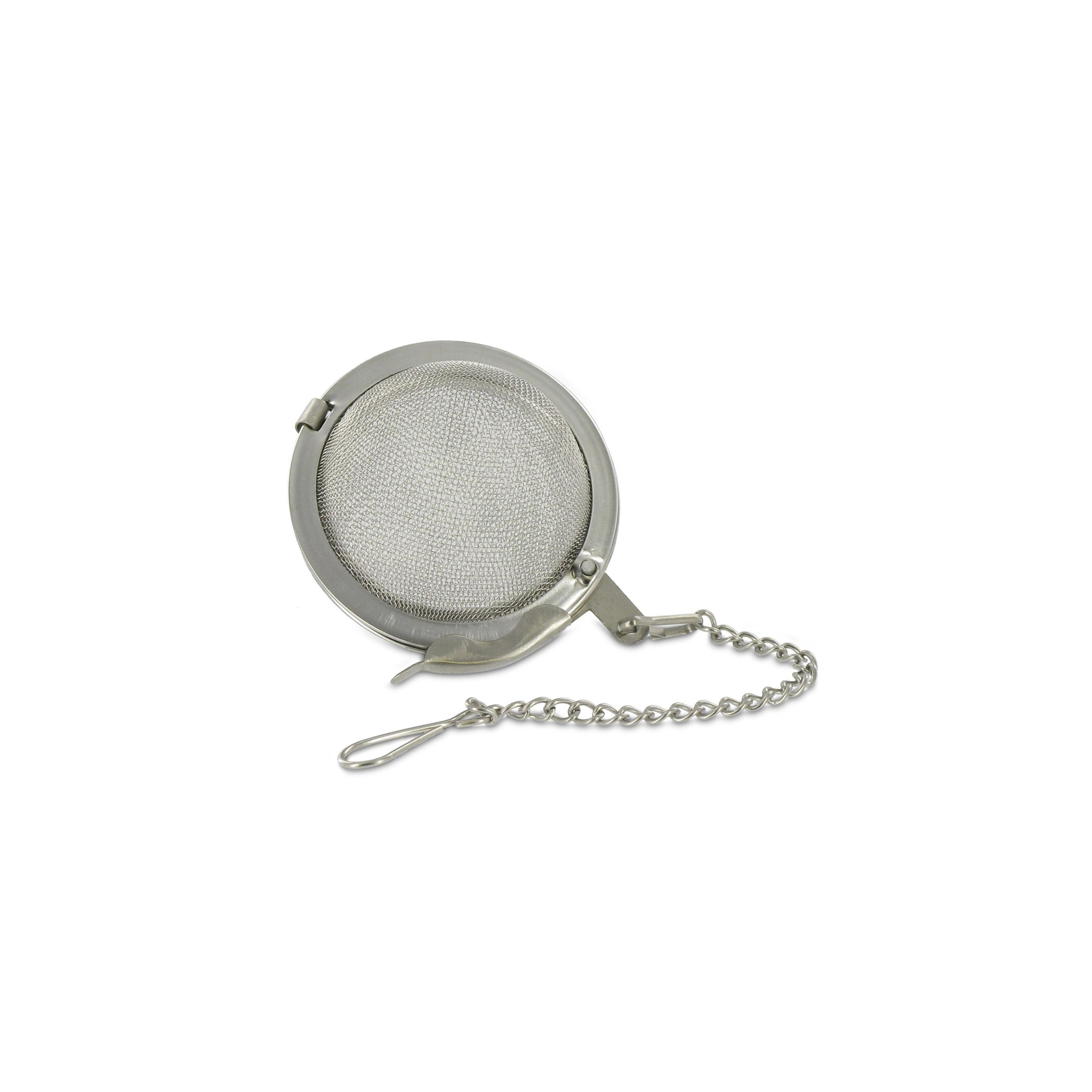
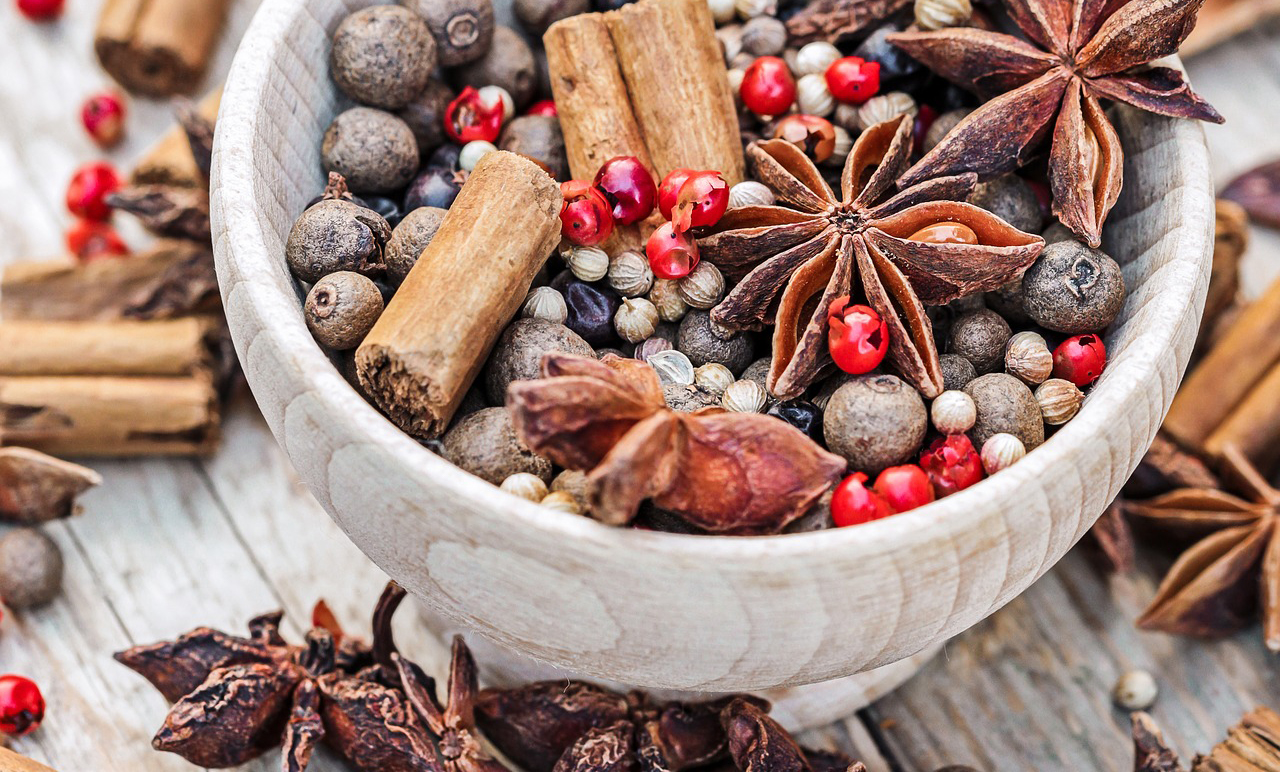



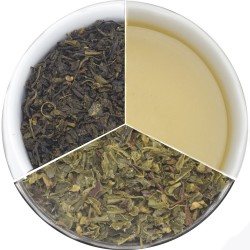
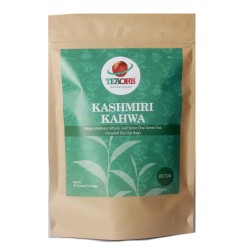
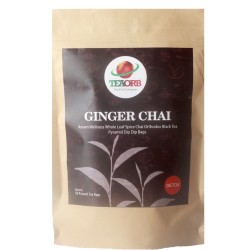





Leave a Comment